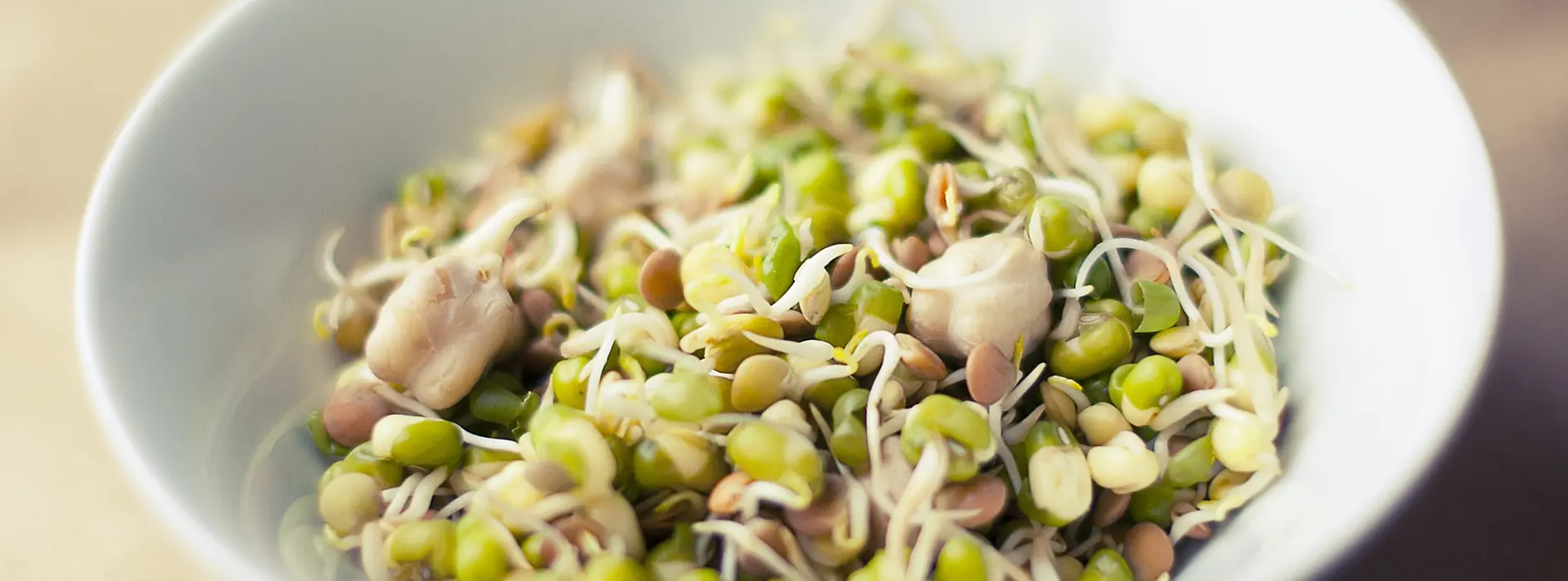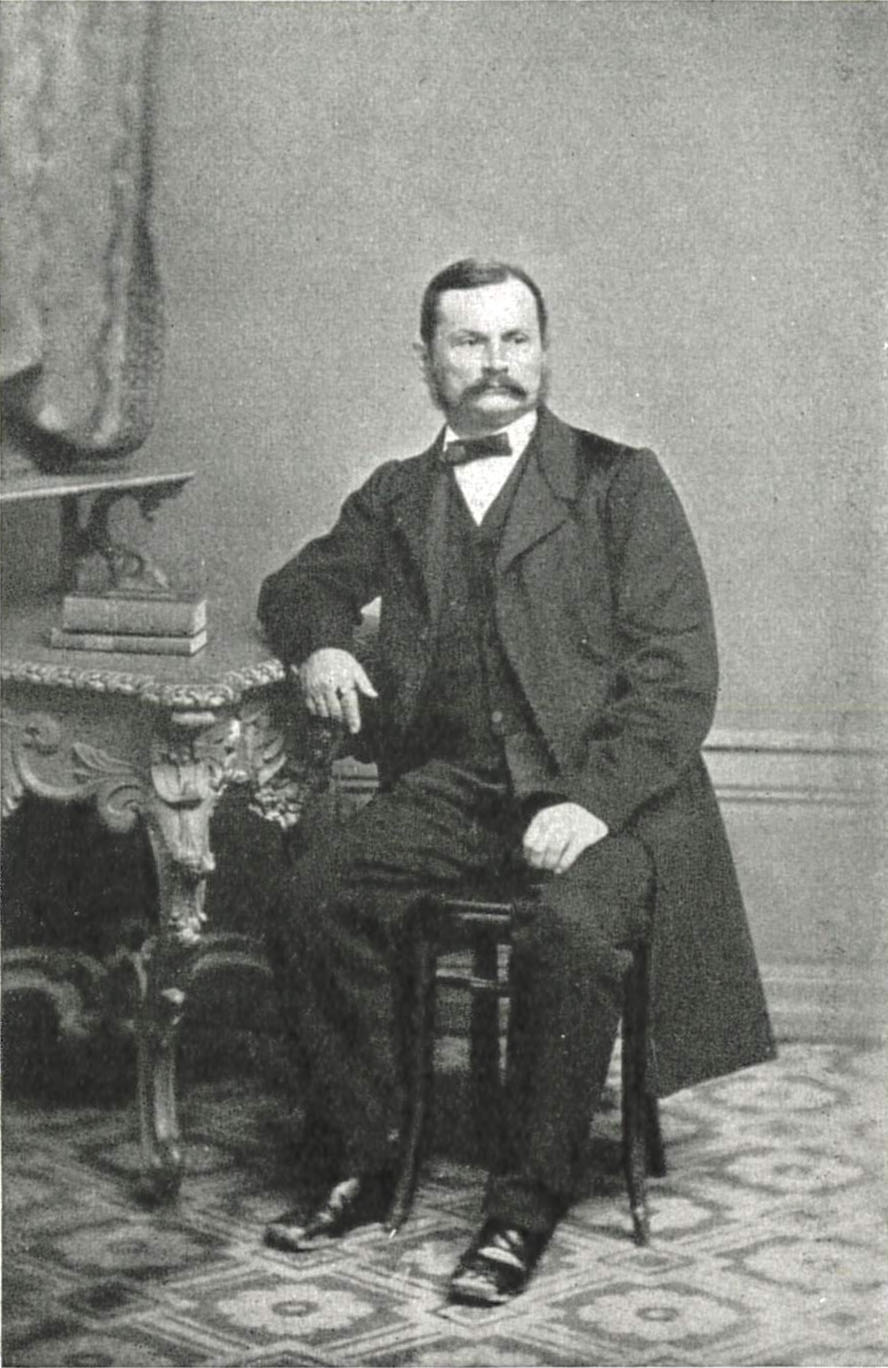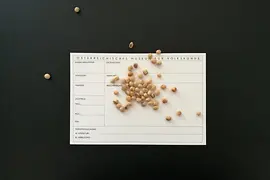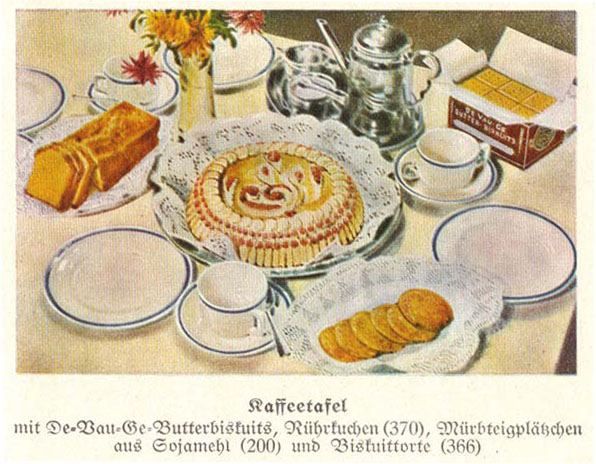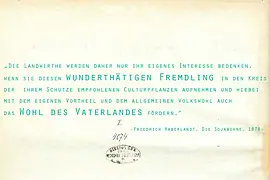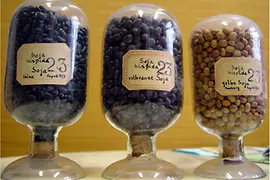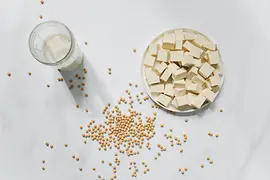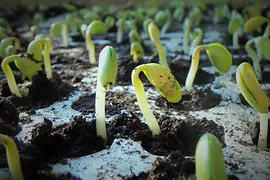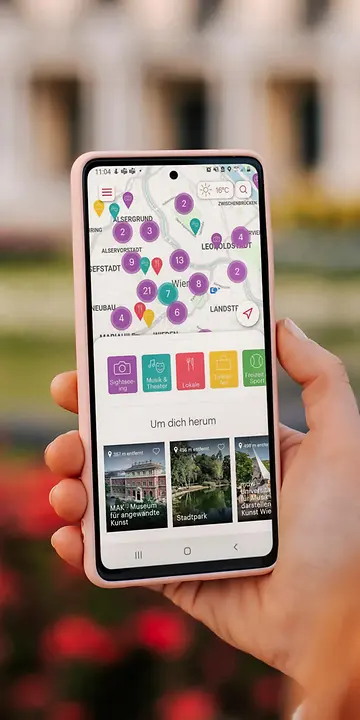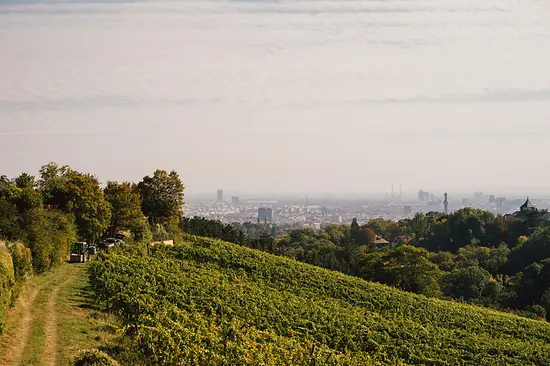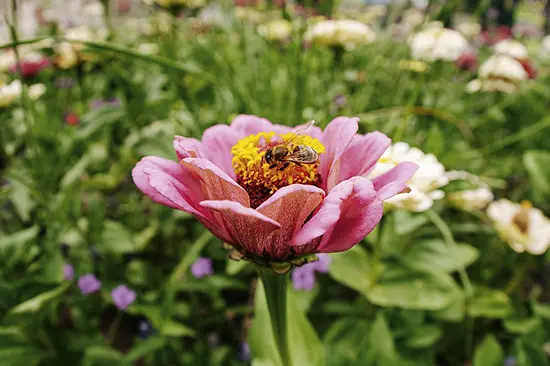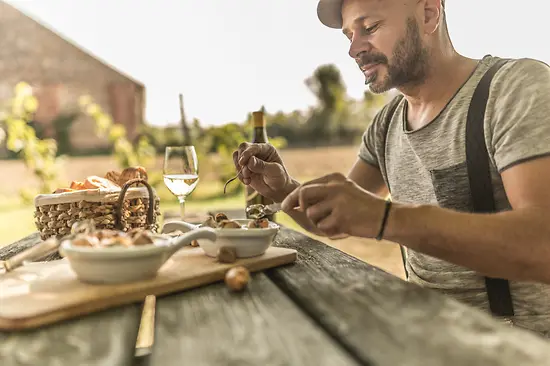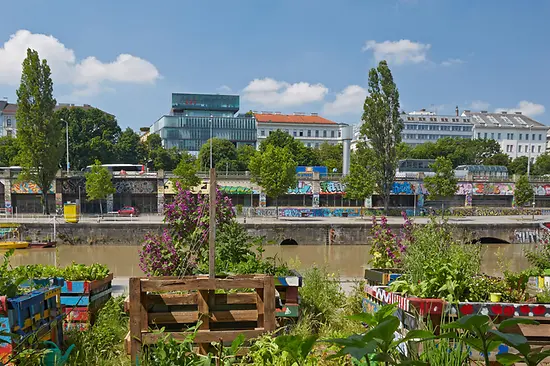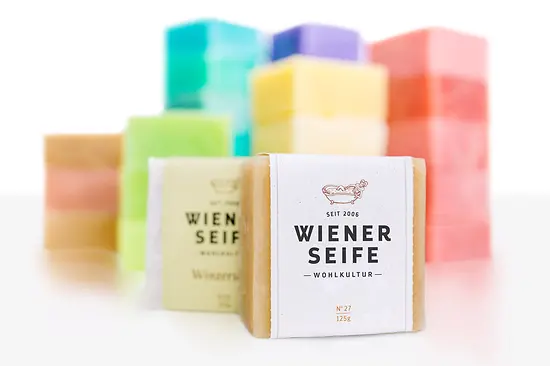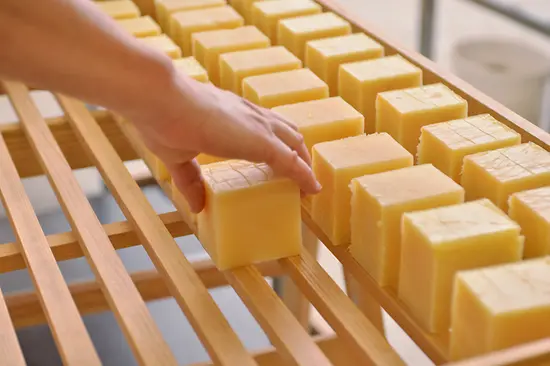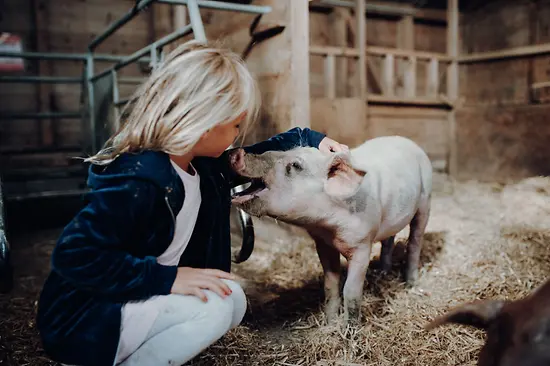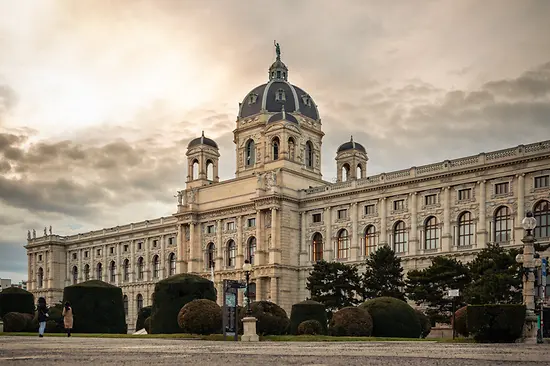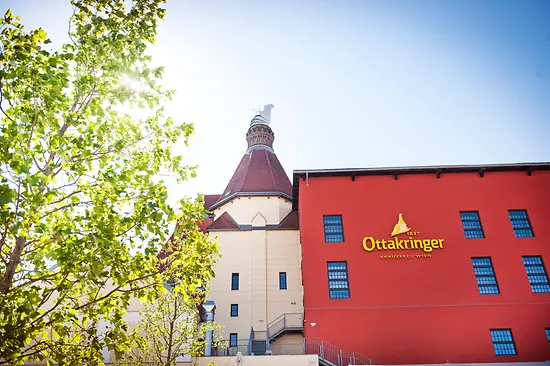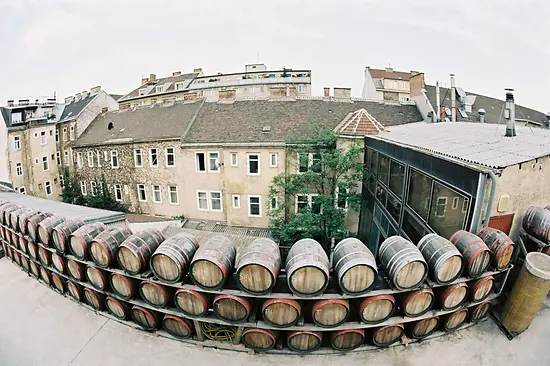Soy in Vienna
It is no secret that Viennese wine grows and thrives splendidly in the city. But the fact that soy is also cultivated without the use of gene-modification technology and often organically is new to most people. How did the well-known bean come from Japan to Vienna, and where is soy found in Vienna nowadays?
The history behind soy in Vienna
It all began in 1872, when the agricultural scientist Friedrich Haberlandt (1826-1878), who is still considered to be a "European soy pioneer", was appointed to the newly founded University of Natural Resources and Applied Life Sciences in Vienna. He lectured there from 1872 to 1878, and mainly dedicated himself to the cultivation of agricultural plants. As an expert, he was even responsible for the soil culture section at 1873 Vienna World's Fair. No wonder that the soybean immediately piqued his interest. It was presented to a global audience for the first time at the World's Fair in Vienna, in the country sections of Japan and China. Haberlandt's expectations for the exotic soybean were high; he hoped for a lot from the new plant, especially when it came to the economy and feeding the population. Haberlandt started on the first cultivation trials at Schönborn Garden Palace – the university's location at the time. To this day, his breeding and cultivation efforts are seen as the starting shot for the worldwide success story of soy.
Soy in the Austrian Museum of Folk Life and Folk Art
After its discover at the World's Fair in Vienna, soy continued on its victory march. There, where soy had its beginnings in Vienna – at Schönborn Garden Palace – Friedrich's son Michael Haberlandt founded the Austrian Museum of Folk Life and Folk Art in 1917. Over the years, however, the approach to soy increasingly changed; in particular, the cultivation methods and impacts on people and nature are disputed nowadays. In 2018, a multi-disciplinary symposium convened by the Austrian Museum of Folk Life and Folk Art focused on the controversial issue of soy and urban agriculture. That was the starting shot for the soy project in Vienna.
The project is being continued in 2023: Since then the Austrian Museum of Folk Life and Folk Art invites you to visit its online exhibition "MuSOJAm". In five sections, the museum deals with the extraordinary position of soy in society as a crop, and examines not only its history, but also more in-depth issues.
Soy currently in Vienna
The popular cultivation methods of the soybean as a monoculture with a high climate impact have given the plant a bad image. However, Viennese agriculture is taking the sustainable path and cultivating soy regionally and in a climate-friendly manner, mostly certified and without deforestation. Soy is currently cultivated on 224 hectares in Vienna – 35% of that in an eco-friendly way.
What began with Haberlandt's vision in the 19th century is today a reality: Soy is not only a crop, but one of the most important foods in the meat-free diet. Even if Viennese cuisine is famous for being especially hearty and heavy on meat, there are now many vegan and vegetarian alternatives in Vienna. Vegan cuisine in particular uses a lot of soy products. Vienna has some special vegan restaurants that get by entirely without animal-based additives:
- Click here for vegan restaurants in Vienna
- Click here for vegetarian restaurants in Vienna
- Laudongasse 15-19, 1080 Wien
- office@volkskundemuseum.at
- https://www.volkskundemuseum.at
Opening times
- Tu - Su, 10:00 - 17:00
Currently closed due to renovation work.
Accessibility
no steps (Automatic sliding doors 180 cm wide)
Parking spaces for people with disabilities
right in front of the museum entrance
Seeing eye dogs allowed
Wheelchair accessible restroom available.
Special tours for visually impaired visitors.
Access to permanent exhibition area and café: no steps, freight elevator to special exhibition rooms (assistance necessary).
